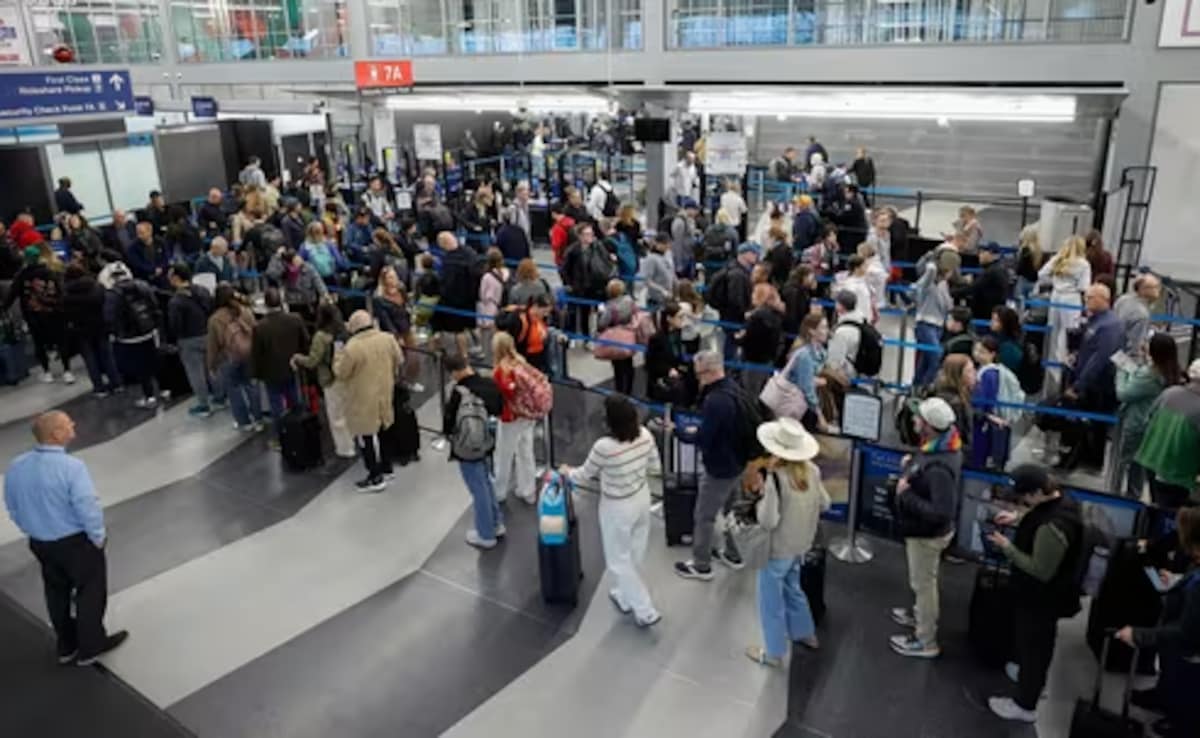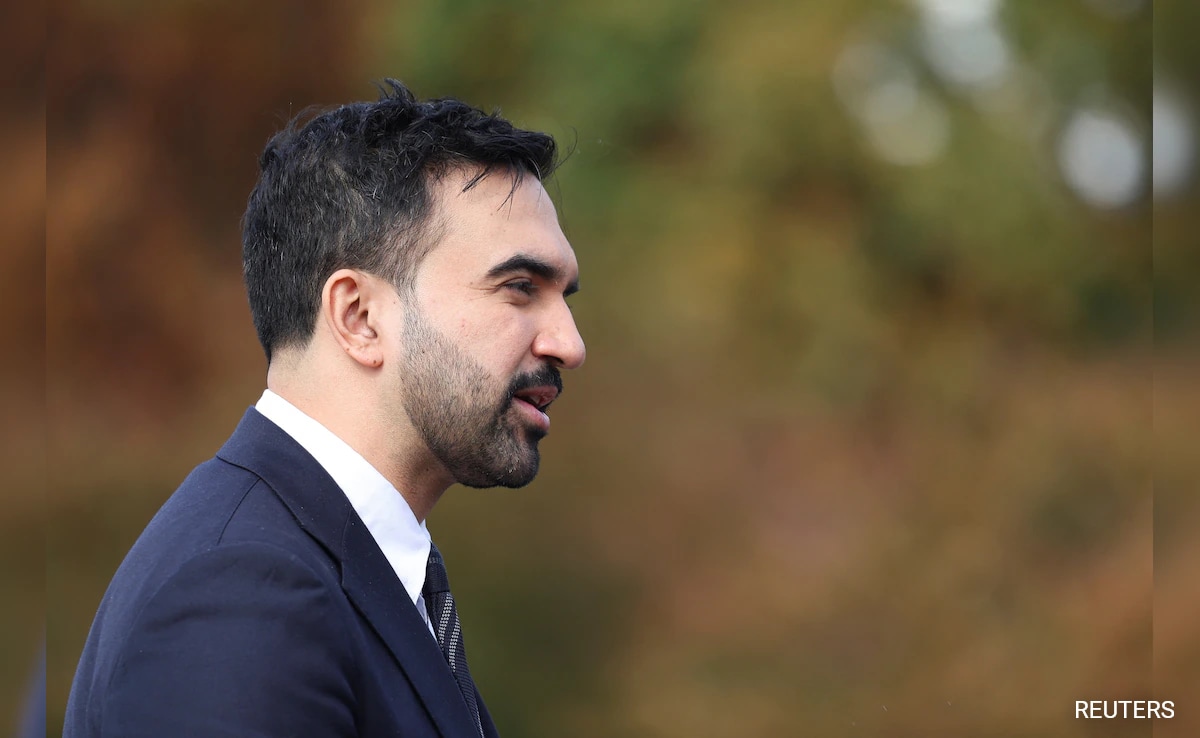In different contexts, these parties suffered from a shared malaise. In some cases, critics claimed they had grown too disconnected from working-class bases in industrial heartlands that once comprised their prime sources of strength. They had aligned themselves, instead, to policies of neoliberal austerity and the growing economic inequities that followed. In all instances, they appeared to represent a fraying post-Cold War status quo, at risk of being cast adrift by the ruptures of globalization and the shocks of the financial and political crises of the past couple of decades.
Now, the political winds seem to be blowing in a different direction. President Biden is in the White House and attempting to push through a slate of ambitious social spending projects. In Norway, the left-wing opposition is now back in power. Center-left parties all hold sway or rule in coalitions in Italy, Spain and Portugal. In Canada, Liberal Prime Minister Justin Trudeau fended off challenges from both the right and further to the left to win a third term in power after calling snap elections earlier this year.
In Germany, which stages federal elections this Sunday, the Social Democrats are the surprise party in the driverâs seat as voters weigh what should follow Merkelâs more than a decade-and-a-half in power. Olaf Scholz, the partyâs chancellor candidate and current German finance minister, has surged in the polls. The contest is tight, with Scholzâs SPD projected to win around 25 percent of the vote, according to a midweek poll, a few points more than Merkelâs Christian Democrats, who have slumped in the polls as voters turn elsewhere â including toward the Greens, the liberal, pro-business Free Democrats and the far-right Alternative for Germany.
Constanze Stelzenmüller of the Brookings Institution said Scholzâs rise is in part a reflection of how he is broadly viewed as âthe most experienced and Merkel-likeâ of the leading candidates â a figure of continuity. But, she told Todayâs WorldView, his case has been strengthened by a shift in the public mood, too, as more Germans come to value âthe return of the state as a provider of public goods in the context of the pandemic.â
Anxieties over public health crises and climate change appear to be superseding, at least for now, the fears over migration that roiled European politics a half decade ago. Majorities in many Western countries are in support of coronavirus vaccine mandates, which are by and large championed more by the left than by the right. And, despite the more strident nationalism of recent years, an increasing number of Americans support international organizations like the United Nations taking the lead on tackling major global issues, rather than individual nations like their own. New polling also shows many Europeans donât see their country as participants in a hawkish Cold War with China.
As finance minister, Scholz oversaw the German governmentâs commitment of billions of dollars in pandemic relief and aid to the victims of deadly floods this summer. Like Democrats in the United States, he is calling for raises of the minimum wage and taxes on the wealthy. Fueling the leftward turn is a recognition that even Germany, Europeâs biggest economy, needs to revitalize its infrastructure and boost state spending. âThere is a near-consensus that the next government must do more to satisfy vast public-investment needs,â noted the Economist. âThe debate is over how. For some, tackling the countryâs austerity bias is a priority.â
âLeft-wing parties do better when socioeconomic issues dominate the debate,â Cas Mudde, a political scientist at the University of Georgia, told Todayâs WorldView. The right tends to fare better when âsocioculturalâ questions of identity and immigration crowd the agenda. Once-ascendant far-right populists have seen their advance stall, if not reverse.
âRight-wing populist governments in Poland, Hungary and Slovenia face sliding poll numbers and rising opposition movements, often led by the center-left,â wrote Max Fisher in the New York Times. âPopulists are faring little better in opposition. [Franceâs] far-right party faced setbacks in French regional elections this summer. Alternative for Germany, once seen as the vanguard of the new far-right, has been stuck or backsliding in polls.â
But Fisher added that itâs probably too early to talk definitively of a center-left âcomeback.â Electoral trends point more to fragmentation of voters than a revival of the traditional, âbig tentâ center-left parties that used to duke it out with center-right rivals across Europe. And the center-leftâs gains are uneven across the continent.
âThe combined left may be winning in Norway and Germany,â said Mudde, âbut is still very small in France and the Netherlands.â The recent victory of the Norwegian center-left, and the possible success of their German counterparts, Mudded added, may still have taken place âwith near-historic low results.â
It may be easy to over-interpret the reasons for a Social Democratic win this weekend in Germany. âAnalysts put Scholzâs success down partially to luck, or more specifically, the failures and missteps of his rivals, including a particularly disastrous campaign for [Christian Democrat candidate Armin] Laschet, including an uneven response to devastating floods in July in his home state of North Rhine-Westphalia,â noted my colleagues.
After years of Merkel-led stability, German political watchers see their country joining the broader European fray as younger and formerly fringe parties come to the fore. âThe [Christian Democrats], [Social Democrats] and Greens have all seen 10-point swings in their poll numbers over the past four months,â Omid Nouripour, a Green parliamentarian, told the Financial Times. âIt shows that people are no longer as closely affiliated to a particular party as they used to be. Thereâs a new fluidity in politics.â
Read more:
.png)











 English (United States) ·
English (United States) ·  Turkish (Turkey) ·
Turkish (Turkey) ·